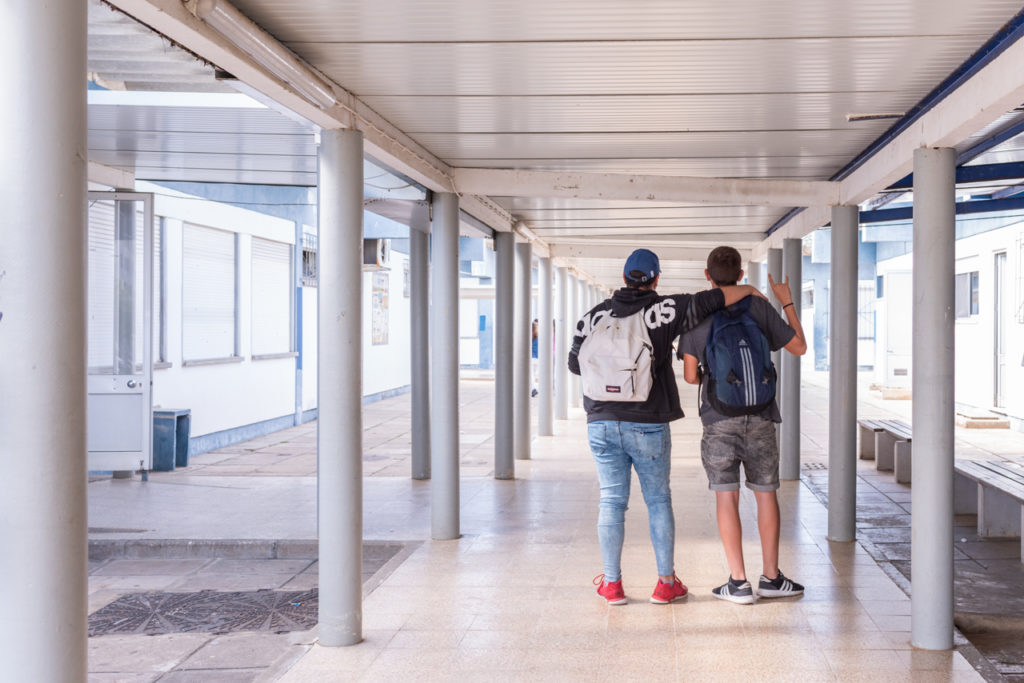Socioeconomic inequalities continue to condition access to higher education, according to a report that reveals that 56% of the most deprived students did not continue studying after finishing secondary education.
The data refers to the 2021/2022 academic year and appears in the report “Revision of the Higher Education Access System 2022/2023”, published on Tuesday on the website of the Directorate-General for Higher Education.
In a chapter dedicated to equity in access to higher education, the authors begin by recognizing that «the expansion of higher education has not managed to eliminate socioeconomic inequalities, nor has it translated into total equality of opportunities in access to higher education».
This is reflected in the data analyzed regarding the transition rates of students from secondary education to higher education, which show disparities between those most and least deprived.
Looking at students who completed secondary school in the 2020/2021 academic year, only 44% of beneficiaries of level A of school social action transitioned to higher education, which means that more than half did not continue their studies.
This is a difference of 17,6 percentage points in relation to the 78,7% of students who did not benefit from school social action who, in the following year, were already attending higher education, and who are slightly behind students with grade C ( 59,7%) and with level B (55,9%).
Considering only scientific-humanistic courses, the percentage of needy students who continue studying is higher (62,4%), but remains far behind their colleagues who do not benefit from support (78,7%).
Another indicator that reveals the persistence of inequalities is the percentage of students placed on excellent courses and which, according to the report, “is always more than double” among the least needy, compared to the most disadvantaged students.
The authors therefore recommend measures particularly focused on students in category A and highlight the importance of scholarships which, in higher education, have a significant impact on the probability of a student abandoning studies by the end of the first year, always lower in comparison with non-scholarship holders.
However, they add, «the awarding of scholarships to socioeconomically disadvantaged students, despite favoring the completion of higher education by recipients of this type of financial support, is not necessarily associated with an expansion of access to higher education by this public- target".
This is only the case when the scholarships awarded correspond to a “sufficiently generous” amount or a commitment even before entering higher education.
The report also cites data from previous studies that pointed out, for example, a preference for the university subsystem, in relation to the polytechnic, among students from families with higher income levels and the opposite in the case of those most in need.
Others also confirmed the persistence of an “intergenerational transmission of education”, in which the higher education of young people continues to be “strongly conditioned by the qualification levels of their parents”.
The conclusions of the study on equity in access to higher education worry students and the Porto Academic Federation (FAP), who defend the reinforcement of the priority quota for candidates benefiting from school social action (level A), from 2% to 4% .
«Higher Education must combat social inequalities and be seen as a social elevator, but these data raise fears that it could reproduce inequalities», highlights the president of FAP, Francisco Porto Fernandes, cited in a statement.
Seeking to contribute to a response, the Federation is planning the creation of a study support center aimed at needy secondary school students in Porto.



















Comments